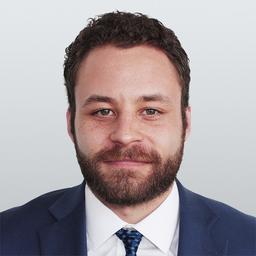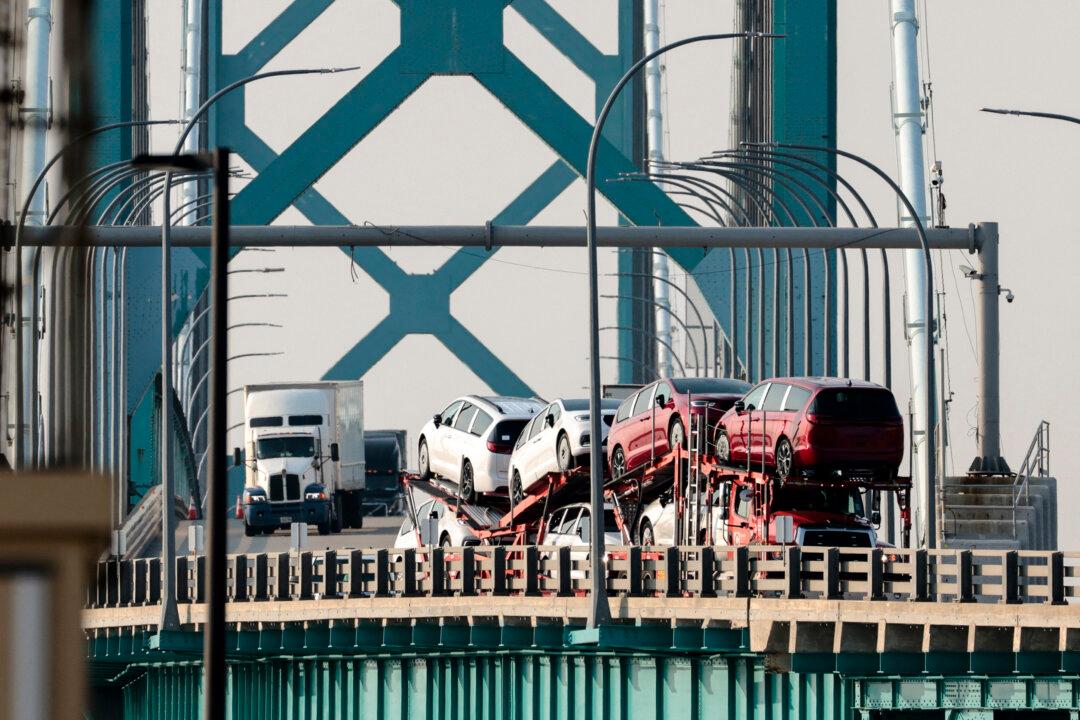Conservative MP Andrew Scheer will serve as the interim Opposition leader in the House of Commons while Conservative Leader Pierre Poilievre waits for a byelection in Alberta to secure a seat in Parliament.
“I'll be taking over the parliamentary leadership duties of the caucus until Mr. Poilievre rejoins us in the House,” Scheer, a former leader of the party, told reporters following a caucus meeting on May 6.





